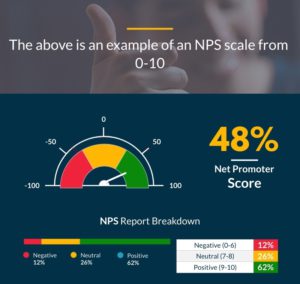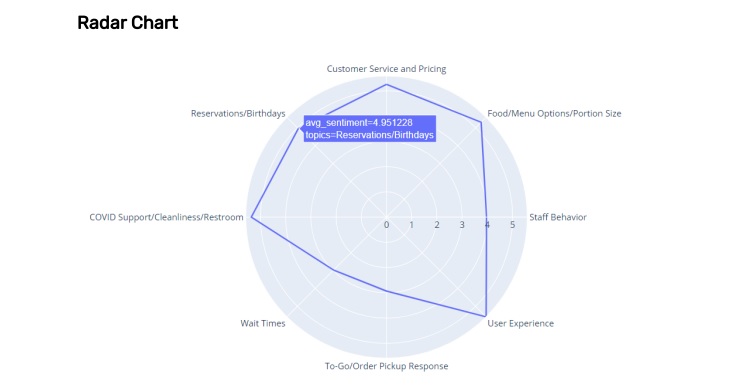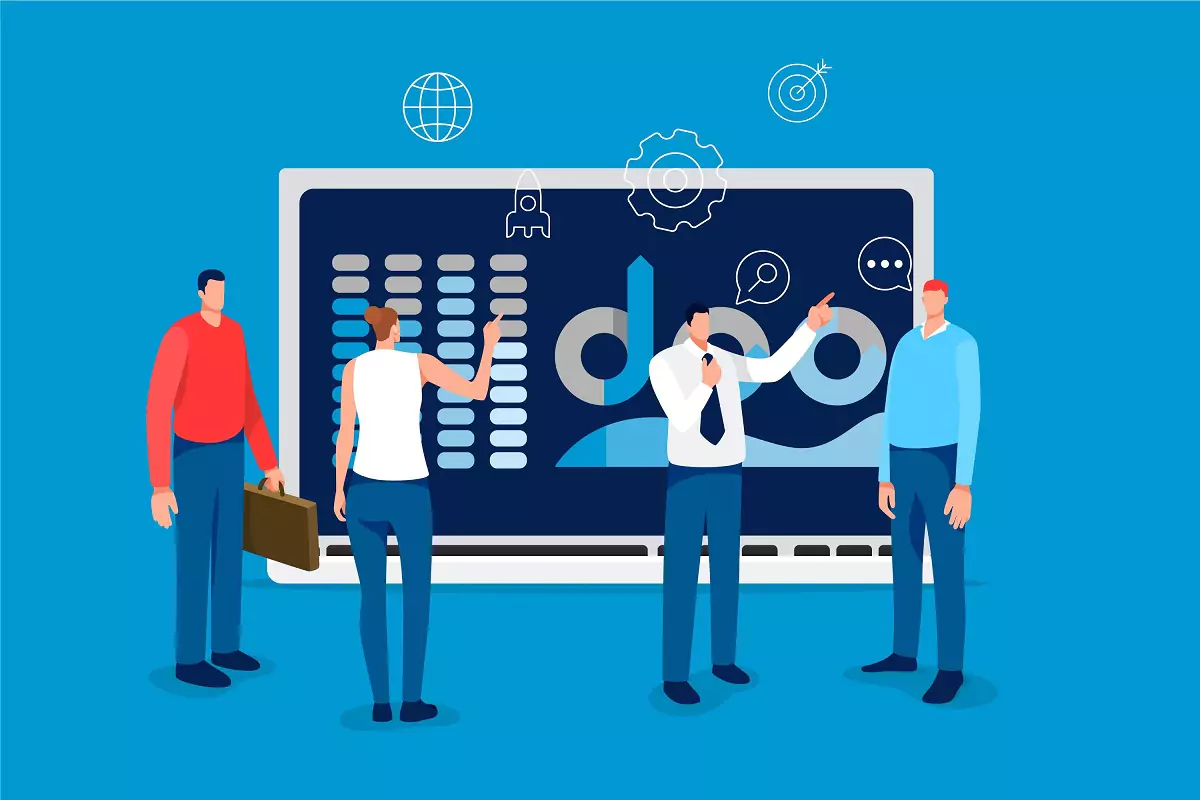Voice Of Customer Analytics and Analysis – The What, Why, And How
Voice of the Customer Analytics (VoCA) is about understanding how your customers feel about your products and services after using them, as well as what they expect from your company. Customers’ expectations are defined by this process, and products are developed to meet those needs. In Voice of Customer Analytics (VoCA), unstructured data, like reviews and social media data, are analyzed for relevant customer insights using data science and analytics tools.
Customers are increasingly becoming more skeptical in their purchasing decisions. They want to hear what others have to say about the product, and they want to see proof before they buy. Customer analytics is one of the best ways to combat this hesitancy in purchase. This e-book discusses the voice of customer program, why you should do it, and how to make it successful for your business.
4 Aspects to Voice of Customer Analysis
- Needs of customers
- Structure that is hierarchical
- A priority list
- Performance perceptions of customers
What is Voice of Customer Analysis?
Voice of Customer (VoC) Analysis leverages data science and analytics. Information can be gathered from unstructured data using tools like product review data as well as data collected from social media sites.
Key questions to seek answers to before building your voice of customer strategy
When developing your voice of customer strategy, it’s important to answer these three questions:
- What is the problem I’m trying to solve?
- Who is the customer and what is their current situation?
- What do they want or need?
If you can provide a solution that will address the customer’s current issue and improve their life, then you have a chance at marketing your product or service.
Each question should be well thought out, and will help determine the issues customers are most concerned about. Companies can also use their in-house customer service or customer relations departments to collect feedback. This is the most common way companies obtain feedback, but they should make sure they are asking customers what they think.
How Voice of Customer Analysis Tool Can Help Businesses
How do you know if your customers are content with your offerings? You need to ask them, and measure the results. Your customers would probably be less likely to recommend your product or service to someone else, so you should be able to determine if they’re happy with it. By following the above three rules, you can achieve the basics of marketing.
Voice of Customer (VoC) Analytics For Real-time Results
Companies with this type of analysis will use feedback they receive to create new processes and improvements, as well as determine what customers need. This information is compiled into data that can be analyzed to produce real-time results.
Voice of customer analytics helps businesses understand what customers want, and it is important to have a plan in place to address those issues.

Importance of Voice of Customer Analysis in Businesses
Why businesses require voice of the customer analysis? Voice of the Customer can offer a treasure trove of statistics. Understanding it and taking action based on that understanding leads to buyer satisfaction as well as a rise in revenue. A study by Gartner has revealed that gathering feedback from consumers can rise the success rate of cross-selling and upselling by 15-20%. Also, businesses that have a VoC program spend 25% less on customer retention than businesses that don’t.
A study has revealed that businesses that engage in a VoCA program – not just gathering VoC data but also enthusiastically taking measures and answering to this feedback get:
- up to 43.2% new customers
- 25% increase in cross-selling and up-selling
- a 15% increase in average pro
VoCA program can benefit the company in many ways and, in today’s world, is a necessary for any company offering services.

Voice of Customer Processing by Topic Modelling Technique
Topic modelling is an NLP technique which helps us to automatically discover and extract topics from a given text, where ‘topic’ can be defined as an abstract set of words, phrases and sentences that are connected to something precise. Topic modelling is an unsupervised technique.
This means that the model itself can identify topics in the text based on the patterns, without having to pre-dene the exact topics you want
Keyword Extraction with Voice of Customer Analytics Tool
Keywords extraction/detection or analysis is a technique under NLP to automatically extract the most frequent words and expressions from a piece of content. Text sentiment analysis tools, like keyword extraction and intent based sentiment classification, offer more insights from Voice of Customer (VoC) data, to actually get into the heads of your consumers. Using voice of customer sentiment analysis eases rumpled data and provide all groups a complete view of patterns and happening through the customer experience.
Reviews Detection
Before buying people often tend to read the positive as well as the critical reviews and look at their rating-wise distribution so that they know how genuine the product is. This is why genuine reviews are of paramount importance to the competing brands as they reflect the quality of their product and attract more customers if and only if most of the reviews are positive.
No wonder why all the brands would struggle for positive reviews, however, ideally a brand should take note of the critiques and work on them to improve the brand image.

Voice of Customer Analysis Examples
Let’s say we obtain top words related to a topic as “chicken”, “pasta”, “shrimp”, “sauce”, “dish”, “salad”, “good taste” etc. It is clear that the topic is related to food. Now, the dominant topic for a review is the one associated with the highest weight.
For example, consider the review mention “I had a similar issue to another reviewer. They don’t apply their Covid-19 policies fairly to everybody. We were asked constantly to move, in and out of the restaurant, while others stood in large groups inside. They seem enforce strictly on some and ignore others. Frustrating experience. To top it o, the food was subpar for such a high price. Bland, tasteless. Horrible time.”

Now, for a 5-topic NMF model the results for the above review will be:
0.0174*Covid Support + 0.0099*Food + 0.0098*Customer Service +
0.0013*User Experience + 0*Reservations
Named Entity Extraction (NER) can be used for multiple purposes, and in grouping with sentiment analysis can offer useful insights.
For example, by extracting mentions of locations in review text, a business can categorize reviews by location, which can allow a relevant branch to deal with issues. Apart from that, negative reviews which mention a competing organization can also provide some insight into what customers are dissatisfied with, and what they can do to improve their service.
Any statement or a piece of text can be said to have a sentiment or an emotion attached to it. For example, “I had a nice day today!” expresses a positive emotion whereas, “I didn’t like today’s dinner!” expresses a negative one. Likewise, in an e-commerce scenario, when you buy a product online, if you are pleased with the product, you will share a positive review and may even endorse the product to others as well. However, if you get a faulty piece, you may complain the product. It is crucially important for the brand as well as the e-commerce platform to keep track of sentiment of the reviews to stay posted on the brand’s overall image or something that we call, “Net Promoter Score” (NPS). This kind of analysis is required for brands to grow where they lack, and to recognize the trend in terms of what their consumers like or dislike about the product? By building a routine of such analysis they can not only expand on their inadequacies but also make their strong opinions stronger. This is why sentiment analysis is vital and important nowadays.
Sample examples of voice of customer for each class:
Positive Review:
“Clean store with staffs always stocking stuffs on shelves. Friendly staff that want to be helpful.”
Negative Review:
“Horrible service to a police ocer who was waiting for her foodstuff while other consumers were assisted.”
Neutral Review:
“I only got cheese cake to go but was happy with it. I’ve eaten there in the past and it was just ok.”
Voice of Customer Analytics (VoCA) Engine Suite Include Tools like:
- Sentiment Analysis
- Fake Review Identification
- Topic Identification
- Net Promoter Score
- Named Entity Recognition
6 Steps of Building Top Voice of Customer (VoC) Analytics program for your businesses:
- Find a question
- Collect and formulate data
- Choose your VoC analytics tools
- Investigate and troubleshoot
- Drawing at conclusions
- Taking proper action
13 Voice of Customer Analysis Methods
What are voice of the customer analysis methods and techniques? There are many voice of customer analysis methods that companies can approach for performing VoC analysis. Although, businesses often choose a combination of many techniques to make sure they’re receiving the most from their voice of customer analysis research.
Let’s have a look at 13 voice of the customer analysis methods that you can use for data collection.
- Take Customer Interviews
- Take Online Customer Surveys
- Add Live Chat
- Keeping watch on Social Media
- Focus on Website Behavior
- Pay attention and Recorded Call Data
- Scan Online Customer Reviews
- Do In-Person Surveys
- Track Net Promoter Score
- Meet and Focus Groups
- Focusing on Personalized Emails
- Provide a Dedicated Feedback Form
- Do Analysis of Customer Behaviour and UX
Get this free e-book to understand what VoC analytics is, and how voice of customer (VoC) analysis can help your business.


No comments yet.